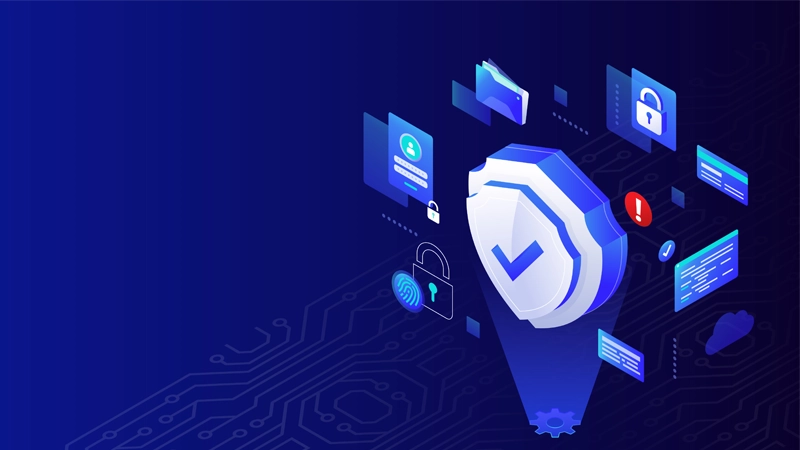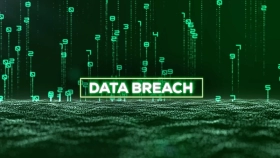Client-Side Encryption vs. End-to-End Encryption: What’s the Difference?

In a world of proliferating cyber threats and constant data exchange, encryption continues to gain visibility as the single most important tool for long-term information security. In fact, a report from Forrester named data encryption as one of the top global cybersecurity trends of 2017. Now more than ever, individuals and businesses are looking for ways to use encryption to keep their sensitive information safe from data thieves, spies, and other cyber threats.
Like any rapidly-developing technology, encryption has given rise to a vocabulary of sometimes confusing terminology that can make it difficult to understand the benefits of different approaches. The terms “client-side encryption” and “end-to-end encryption,” for example, are used to describe encryption methods for both consumers and businesses, but those unfamiliar with encryption technology may find it difficult to distinguish between the two.
The similarities between client-side and end-to-end encryption are more important than the differences, which may explain why some companies seem to use them interchangeably. Each technique is based on the concept that information is encrypted at its origination point and only decrypted when it reaches its final destination. The key distinction lies not in how the data is encrypted, but in how the data is used after encryption.
End-to-End Encryption
The term end-to-end encryption is most often associated with communication channels like email, instant messaging, and video chat services. The technology has been in use in one form or another for more than two decades, but it has grown more popular (and controversial) in recent years as hundreds of millions of users have begun using encrypted messaging services like WhatsApp and iMessage.
When a message is protected by end-to-end encryption, only the sender and recipient are able to read it. The technical details vary from service to service, but in general, all end-to-end encryption schemes rely on a strategy that uses pairs of encryption keys. Public keys are used to encrypt information, and private keys are used to decrypt. Each message is encrypted on the sender’s device using the recipient’s public key, and can only be decrypted by the private key on the recipient’s device. No matter how many servers or networks the message passes through on its way, it remains unreadable to anyone but the eventual recipient.
The impossibility of deciphering an encrypted message without a private key has raised concerns with law enforcement officials and politicians, some of whom have called repeatedly for “backdoors” that would allow for third-party access to encrypted communications.
Client-Side Encryption
Client-side encryption, defined broadly, is any encryption that is applied to data before it is transmitted from a user device to a server. In this sense, end-to-end encryption could be viewed as a specialized use of client-side encryption for the purpose of exchanging messages.
Typically, though, client-side encryption is discussed in contrast to server-side encryption, in which data is not encrypted until after transmission. Server-side encryption raises the possibility that the data could be stolen in transit to the server, and also leaves data protection in the hands of the service provider, rather than with the owner of the data. Client-side encryption, on the other hand, gives customers a sense of comfort that their data is protected before it leaves their own devices or networks, and also ensures that cloud providers (or other outside parties) cannot access the customers’ encrypted data. For these reasons, client-side encryption has become a common feature of data storage services and other cloud service providers.
Challenges at the Enterprise Level
While end-to-end encryption and client-side encryption have become popular among consumers for personal use, many corporations and government organizations have struggled to find solutions that deliver the same degree of protection for their sensitive data. Larger organizations often run into obstacles due to the complexity of encryption key management and the variety of platforms and operating systems in use across the enterprise.
PK Protect solves these problems, streamlining the key management process and providing operability across every enterprise computing platform. With PK Protect, even the largest organization can keep its data secure wherever it is used, shared, or stored, including via email and in exchange with external partners.
Learn more about the full PK Protect suite and find out how PKWARE can keep your organization’s critical data safe by requesting a free demo today.










